Do you have a question about the YORKVILLE AP6040 and is the answer not in the manual?
Explains symbols like lightning flash, exclamation point, and hot surface warnings.
Covers warnings related to water, ventilation, heat sources, and proper usage.
Details power cord handling and servicing safety guidelines.
Details front panel controls, indicators, and power/protection features.
Describes rear panel inputs, outputs, and mode selection switches.
Lists power output, frequency response, hum, noise, THD, and slew rate.
Provides the main circuit schematic and lists components used in the design.
Records changes and updates made to the Printed Circuit Board design over time.
Illustrates the physical arrangement of components on the PCB.
Provides general notes and instructions for PCB assembly.
Details specific hardware and torque for mounting various components.
Covers specific assembly steps like trimming leads and preparing for testing.
Tracks changes and updates made to the PCB design across different versions.
Provides identification for component pinouts and lead configurations.
Shows the component layout on the top side of the PCB.
Displays the component layout on the bottom side of the PCB.
Specifies hardware for mounting 5W resistors and transistors like Q25A/Q26A.
Details hardware for TO3 outputs and other parts like capacitors.
Details specific hardware and torque for mounting components.
Covers clamp details, torque, and breaking out boards for testing.
A detailed log of all PCB modifications and version updates.
Lists part numbers and package types for various electronic components.
Illustrates the power supply circuit and its essential components.
Shows wiring connections and the operation of the turn-on relay circuit.
Displays the layout and wiring on the top side of the PCB.
Shows the layout and wiring on the bottom side of the PCB.
Explains symbols like lightning flash, exclamation point, and hot surface warnings.
Covers warnings related to water, ventilation, heat sources, and proper usage.
Details power cord handling and servicing safety guidelines.
Details front panel controls, indicators, and power/protection features.
Describes rear panel inputs, outputs, and mode selection switches.
Lists power output, frequency response, hum, noise, THD, and slew rate.
Provides the main circuit schematic and lists components used in the design.
Records changes and updates made to the Printed Circuit Board design over time.
Illustrates the physical arrangement of components on the PCB.
Provides general notes and instructions for PCB assembly.
Details specific hardware and torque for mounting various components.
Covers specific assembly steps like trimming leads and preparing for testing.
Tracks changes and updates made to the PCB design across different versions.
Provides identification for component pinouts and lead configurations.
Shows the component layout on the top side of the PCB.
Displays the component layout on the bottom side of the PCB.
Specifies hardware for mounting 5W resistors and transistors like Q25A/Q26A.
Details hardware for TO3 outputs and other parts like capacitors.
Details specific hardware and torque for mounting components.
Covers clamp details, torque, and breaking out boards for testing.
A detailed log of all PCB modifications and version updates.
Lists part numbers and package types for various electronic components.
Illustrates the power supply circuit and its essential components.
Shows wiring connections and the operation of the turn-on relay circuit.
Displays the layout and wiring on the top side of the PCB.
Shows the layout and wiring on the bottom side of the PCB.

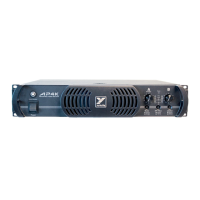
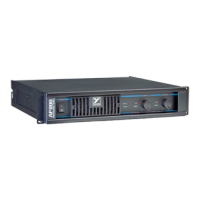
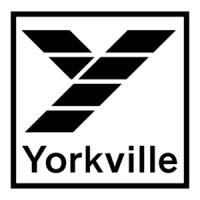

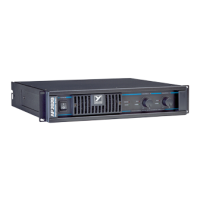
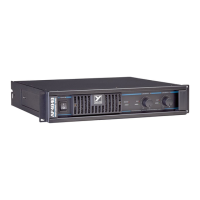


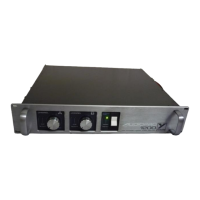
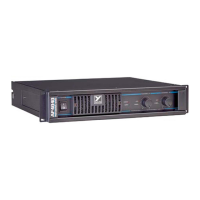

